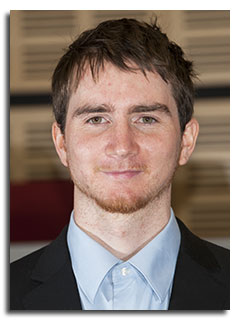
Abstract
ABSTRACT:
Common metallic-related impurities such as iron, and the boron-oxygen defect, which are critical in determining the performance of lower quality p-type solar cells, are of much less concern in high purity n-type monocrystalline silicon used for very high efficiency solar cells. However, in this material, the electronic quality may still be limited by the presence of grown-in defects, involving, for example, silicon vacancies or self-interstitials, and complexes formed with dopant atoms or light elements such as oxygen, nitrogen and carbon.
In this study, we present several defects that limit the lifetime of high-purity silicon in the ms range. Both silicon grown from the Czochralski and floating zone method are shown to contain such point defects. These growth-related recombination-active defects are shown to inhibit high lifetime materials from reaching the intrinsic lifetime required for very high efficiency silicon solar cells. Finally advanced processes for effective defect engineering are presented.
Click here to see all available video seminars.
Click here to go to the SPREE HOMEPAGE.
Brief Bio
SHORT BIOGRAPHY: Fiacre Rougieux has a PhD in the field of photovoltaics and semiconductor materials (ANU, 2012). His studies have been focused on materials science, nanotechnology, solar cells and semiconductor physics. He is currently an ARENA Post-doctoral Fellow at the ANU where he investigates the impact of growth and feedstock related defects on solar cells performance. His research interests include solar grade silicon, growth-related defects and advanced solar cells processes.
